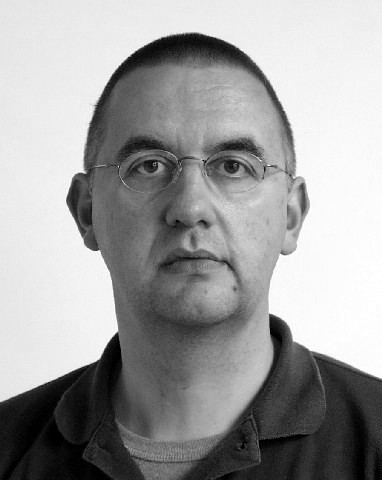Paul Valckenaers
Let's Build an Operating System for the Real World
KU Leuven

Paul Valckenaers has a PhD in mechanical engineering on production control. He has two master degrees respectively in numerical mathematics and computer science. Paul Valckenaers is a full-time researcher at KU Leuven since 1986. He is a lecturer at KHLim where he uses Erlang in his course for last-year master students.
Paul Valckenaers has participated in twelve EU projects, of which he coordinated three. Since 2010, Paul Valckenaers is using Erlang/OTP to develop research prototypes in the following application areas:
- Manufacturing Plant Control / Holonic Manufacturing Execution Systems
- Logistic Execution Systems
- Intelligent Transport and Traffic Systems
- Robot Fleet Coordination
- Smart Grids
Paul Valckenaers is Giving the Following Talks
Making our Traffic Jams Disappear
My talk presents results from the FP7 Project MODUM that are developed in Erlang.
The European project develops a new approach for the pro-active demand-responsive management of traffic (cf.modum-project.eu). The developments focus on solutions assuming a high degree of participation by intelligent users. These users have an e-butler (i-butler when bought from Apple) that proactively manages their commuting and other displacements. Initial deployment of the developments will enable full utilization of the access-controlled parts of the infrastructure (e.g. bus lanes, parking spaces). The MODUM design predicts and prevents congestion in these access-controlled parts without sacrificing infrastructure utilization.
Talk objectives:
- To present and communicate an innovative system architecture. This architecture defines the system components, their responsibilities (within the application domain) and their interactions. It is a single-source-of-truth design that utilizes delegate multi-agent systems to collect, distribute and propagate information (not co-located with the source).
- To reveal how OTP/Erlang is a unique technology that renders this possible, and more precisely, that renders an actual initial deployment feasible.
- To present an example of how ICT may contribute beyond the borders of its computer network. In other words, an Internet of Things that treats its things as first-class citizens.
Target audience:
- Persons that hate traffic jams.
- People eager to learn how OTP/Erlang applications can have direct impact on the real world.
- People interested to learn how to tackle developments that manage and coordinate real-world activities that utilize (and content for) valuable real-world resources.

